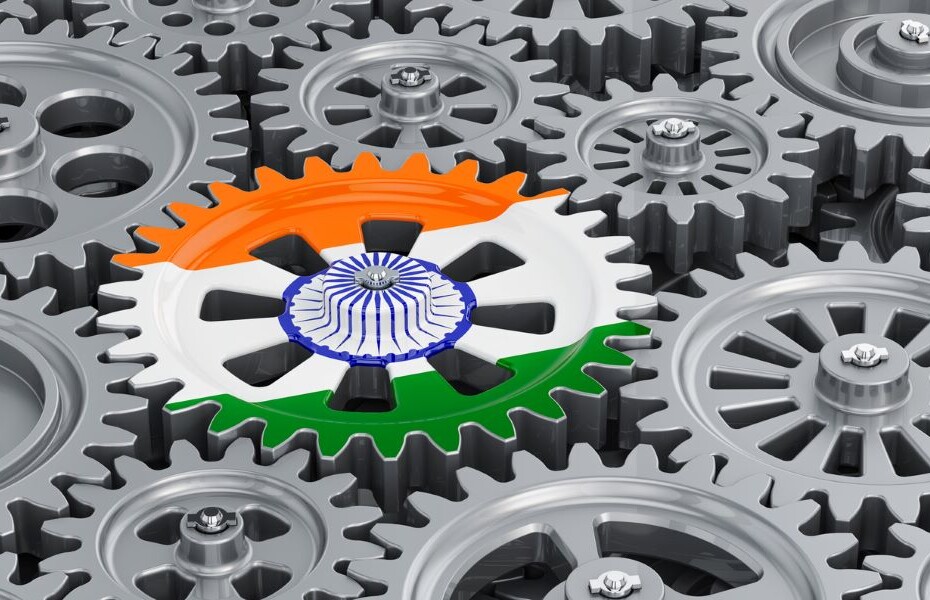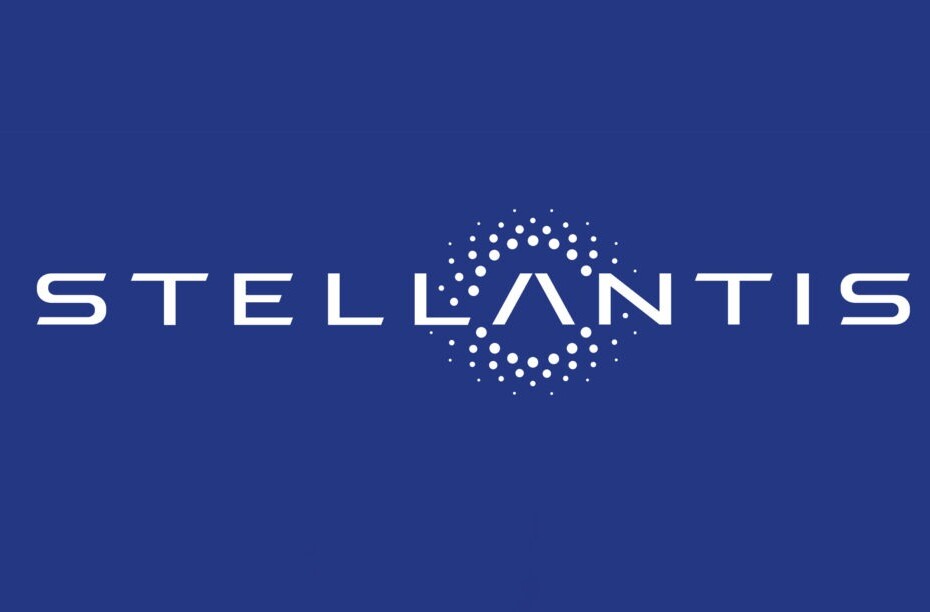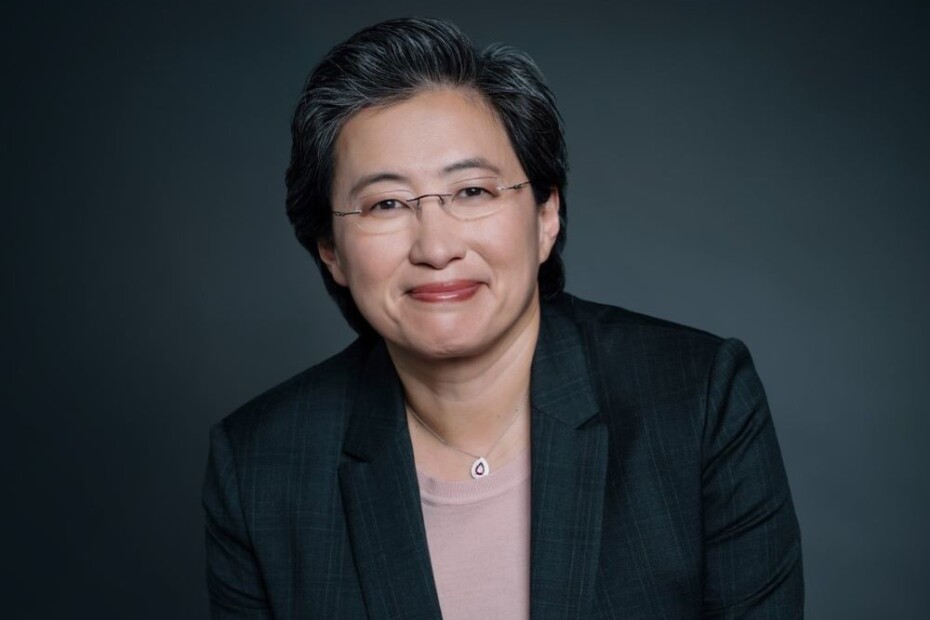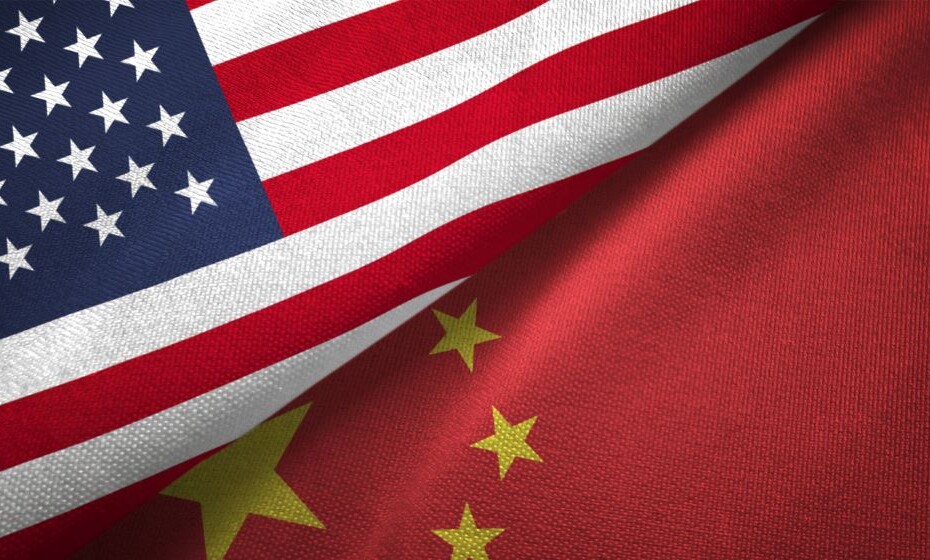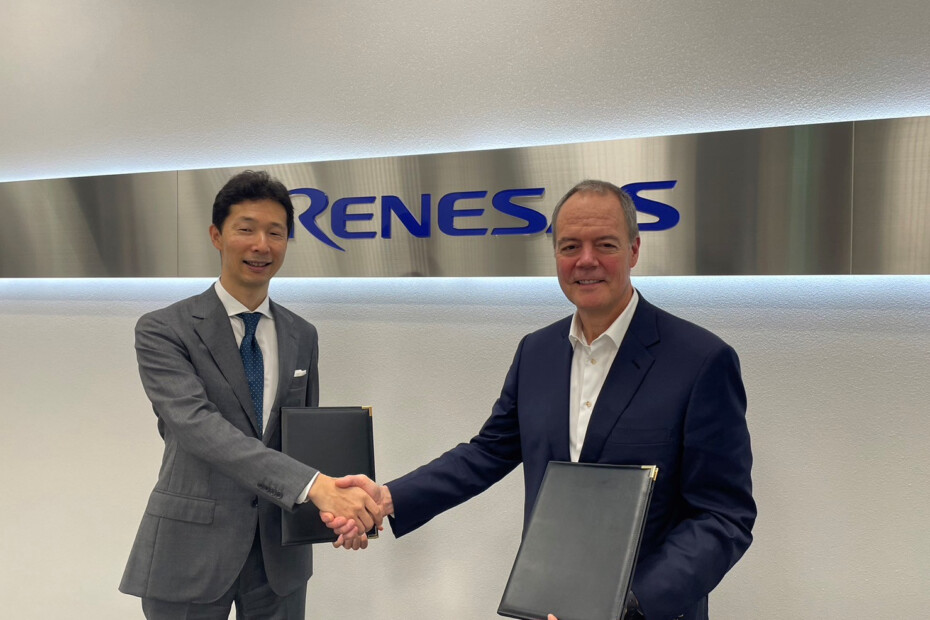AI Hardware Startups Spoil for a Brawl
What’s at stake:
Except for a few recent funding announcements, all’s quiet on the Western front on AI. What must change to alter a market where Nvidia continues to be the sole winner?
The time has come to reflect on the many AI hardware startups that have popped up in the last several years. Advancements in AI sent investors into a fever pitch, elevating AI processor startups into “unicorn” stardom.
As Keven Krewell, principal analyst at Tirias Research, recalls, “Intel really kicked off the explosion of AI startups when it bought Nervana in 2016. And it followed up by buying Habana.” He added, “I would argue that AMD’s acquisition of Xilinx was in large part because of Xilinx’s work in developing AI cores.”
Fast forward to 2023.
More than a handful of notable AI hardware startups are gone. Layoffs abound. During this predictable process of elimination, did industry analysts anticipate so little churn among AI processor companies? Why no consolidations, mergers or acquisitions in recent years?
Read More »AI Hardware Startups Spoil for a Brawl


